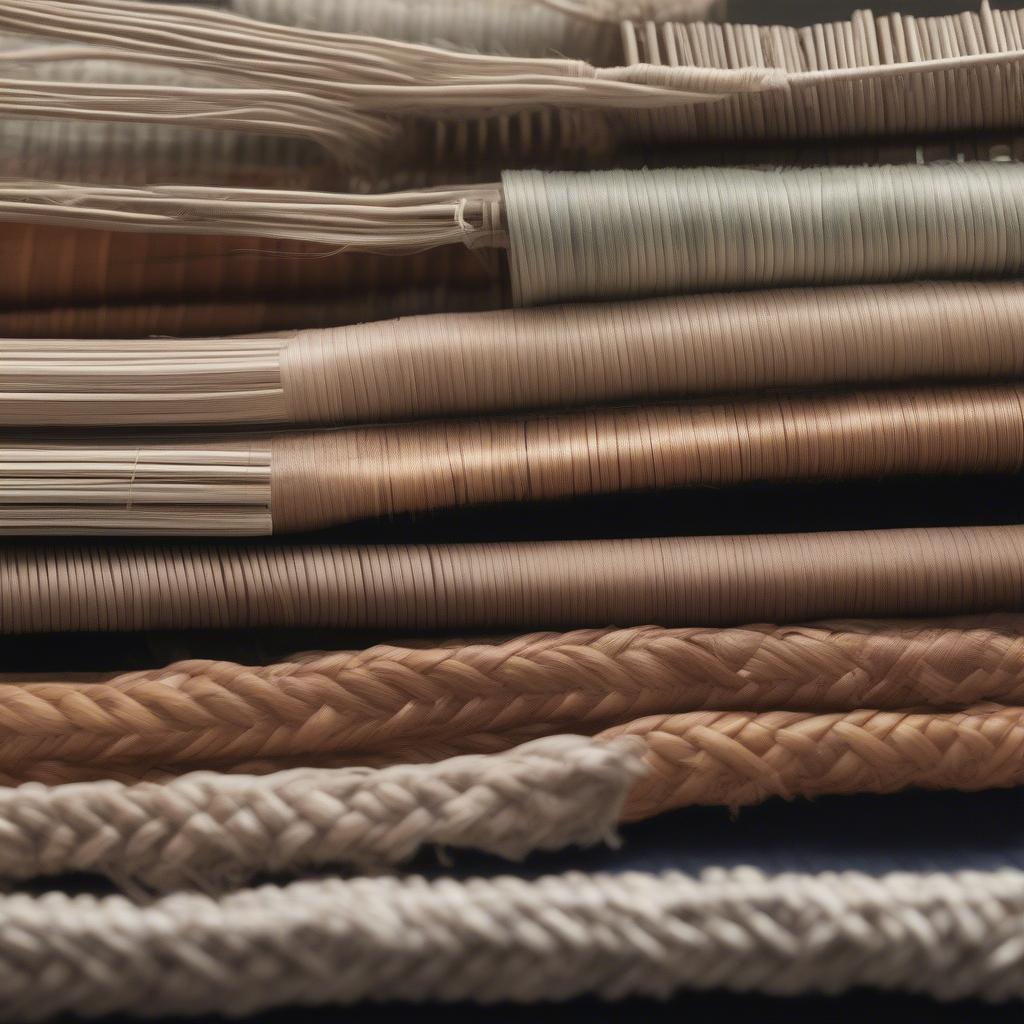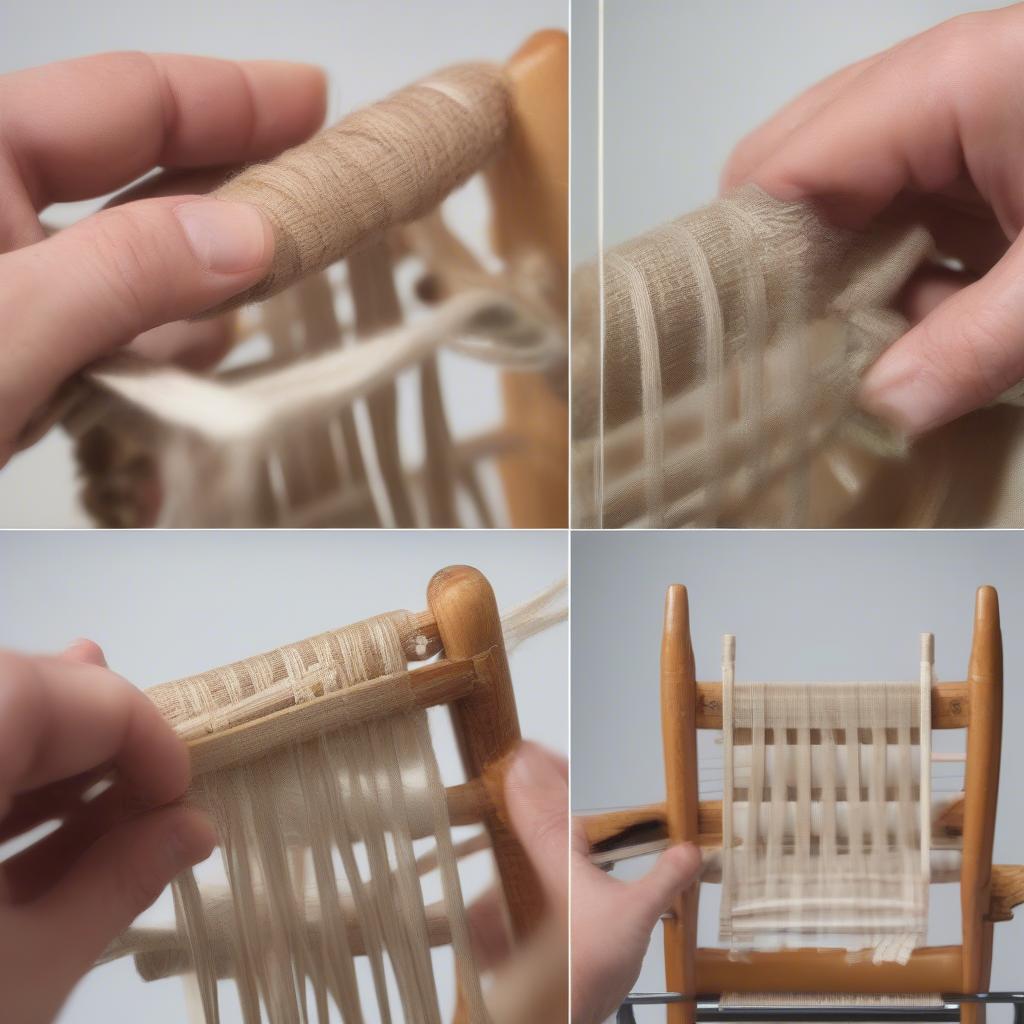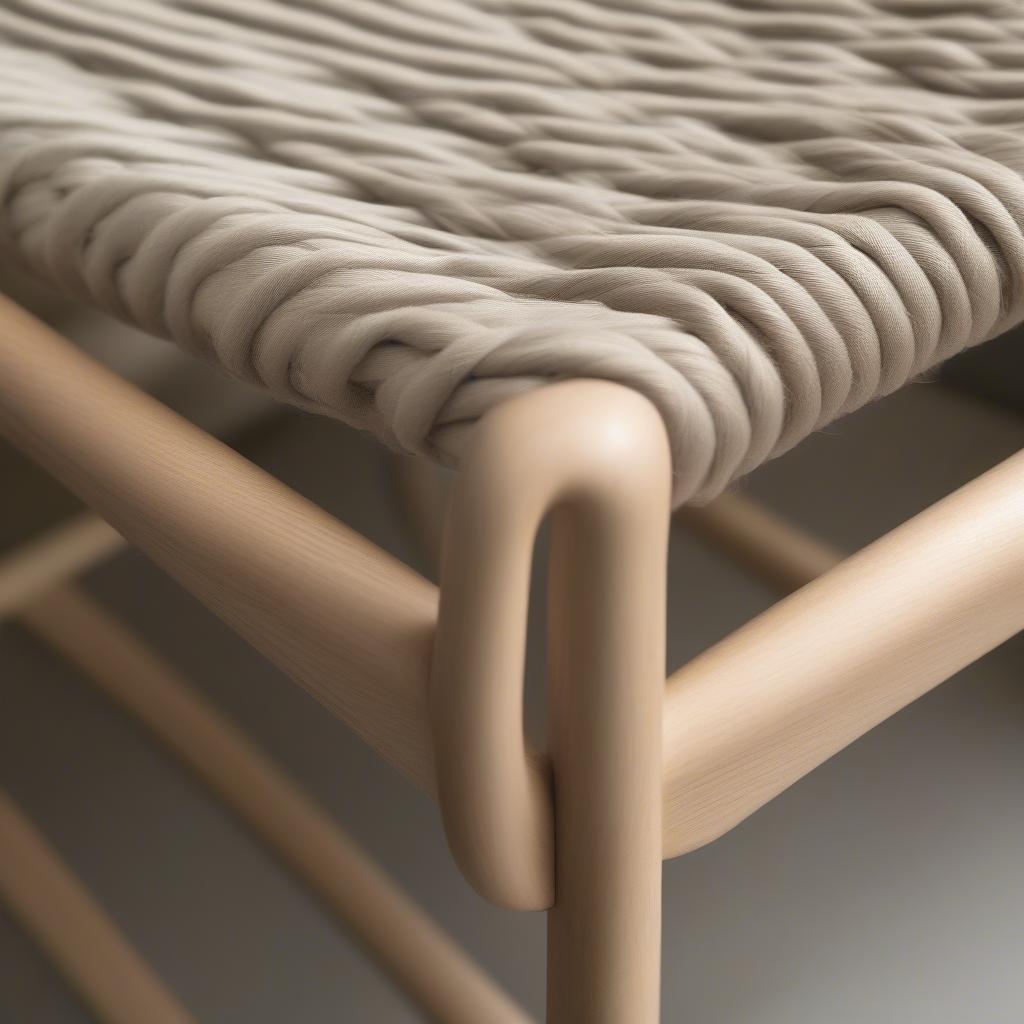Weave Chair
How to Weave a Chair Seat: A Comprehensive Guide
Learning how to weave a chair seat can be a rewarding experience, transforming a tired piece of furniture into a unique and stylish creation. Whether you’re restoring a family heirloom or simply adding a personal touch to your home decor, this guide will provide you with the necessary knowledge and techniques to achieve a professional-looking woven seat. We’ll cover various weaving patterns, materials, and tips to help you master this craft. wishbone wooden dining chair natural weave seat natural
Choosing Your Materials: Wicker, Rattan, and More
Before you begin weaving, selecting the appropriate materials is crucial. Popular choices include natural fibers like wicker, rattan, seagrass, and rush. Each material offers a distinct aesthetic and durability. Rattan, known for its strength and flexibility, is ideal for intricate designs. Wicker, encompassing various woven materials, provides a classic look. Consider the chair’s style, intended use, and your personal preference when making your selection. For example, a vintage meatal lawn rocker chair basket weave seat may require a different material than a dining chair.
 Weaving Materials: Wicker, Rattan, Seagrass
Weaving Materials: Wicker, Rattan, Seagrass
Preparing the Chair Frame
Ensure your chair frame is sturdy and free of any loose parts. A stable frame is essential for a successful weave. If your existing seat is damaged, remove it carefully. Clean the frame thoroughly and sand any rough edges. This preparation will provide a smooth surface for your weaving and ensure a long-lasting result.
Basic Weaving Patterns: Getting Started
Several weaving patterns are suitable for chair seats, ranging from simple to complex. The most common patterns include the basic over-under weave, the twill weave, and the Danish cord weave. For beginners, the over-under weave is an excellent starting point. This simple yet effective technique involves weaving the material over and under the frame rails in a consistent pattern.
How to Weave a Chair Seat: Step-by-Step Instructions
- Measure and cut your chosen weaving material, leaving extra length for securing the ends.
- Starting at the front rail, weave the material over and under each rail, working your way towards the back.
- Maintain even tension throughout the weaving process to create a uniform and secure seat.
- Once you reach the back rail, weave back towards the front, overlapping the previous row slightly.
- Continue weaving until the entire seat is covered. Secure the ends by tucking them under the woven rows or tying them off discreetly.
 Chair Weaving Step-by-Step Guide
Chair Weaving Step-by-Step Guide
What if My Existing Weave is Damaged?
If you’re dealing with a chair that has a damaged woven seat, you might consider repairing it instead of starting from scratch. You can often replace individual strands or sections of the weave, saving time and materials. Check out our guide on fix patio chair seat weave for detailed instructions.
Advanced Weaving Techniques
Once you’ve mastered the basic over-under weave, you can explore more intricate patterns like the twill weave or the Danish cord weave. These techniques add visual interest and texture to your chair seat. Practice is key to achieving a polished finish.
Tips and Tricks for a Professional Finish
- Use a weaving needle or shuttle to facilitate the weaving process.
- Keep the weaving material damp to increase its flexibility.
- Avoid pulling the material too tight, as this can warp the frame.
- Use a mallet to gently tap down the woven rows for a snug fit.
 Advanced Chair Weaving Techniques: Twill and Danish Cord
Advanced Chair Weaving Techniques: Twill and Danish Cord
“A well-woven chair seat is not just functional; it’s a work of art,” says Emily Carter, a renowned furniture restorer with over 20 years of experience. “The key is patience and attention to detail.”
Conclusion
Learning how to weave a chair seat allows you to breathe new life into old furniture and create unique pieces. By following these steps and practicing different techniques, you can transform your chairs into stylish and functional elements of your home decor. Remember, if you’re looking for alternative materials, you can even learn how to weave a chair seat with baling twine. So, gather your materials and begin your weaving journey today!
“The beauty of handwoven chair seats lies in their imperfections,” adds Carter. “Each piece is truly one of a kind.” If you want a general overview of chair seat weaving, you can refer to our guide on how to weave a chair seat.
FAQ
- What is the best material for weaving a chair seat?
- How do I measure the amount of material I need?
- Can I weave a chair seat without any prior experience?
- What are the different weaving patterns available?
- How do I repair a damaged woven chair seat?
- Where can I find weaving supplies?
- How long does it take to weave a chair seat?
For any assistance, contact our 24/7 customer service at +84 388 951 999 or visit us at Hanoi, Vietnam, or Tech Avenue, Suite 12, San Francisco, CA 94105, USA.
